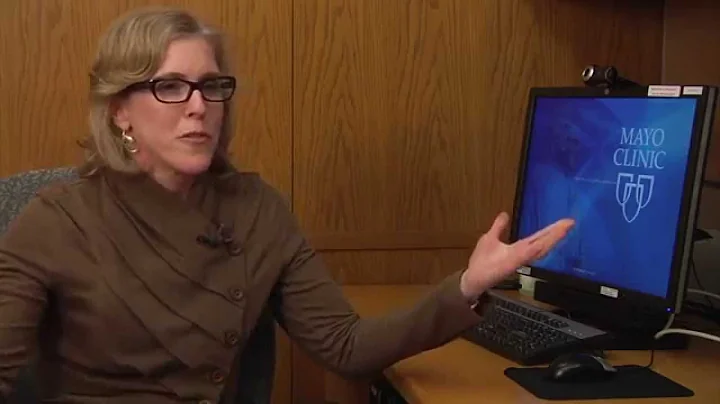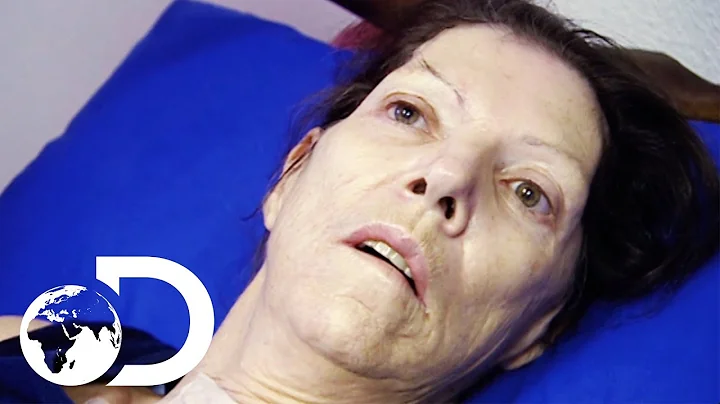Last time we talked about an old lady who wanted to get up after waking up in the morning, but found that her right limb was weak. She had no headache, no dizziness, nausea, vomiting and other discomforts. My wife thought that hemiplegia was caused by "cerebral thrombosis", so she immediately took two aspirin tablets (100mg/tablet), and then called 120 and went to the hospital. When the brain CT was done, it turned out to be multiple cerebral hemorrhages (as shown below)

Note: The white mass-like lesions pointed by the red arrows in are new cerebral hemorrhage foci, and there is one hemorrhage foci in each of the left and right hemispheres of the brain; the gray areas pointed by the yellow arrows in are the intracerebral scars left by the old hemorrhage foci of the patient 5 years ago. .
, stroke, stroke, cerebral infarction, cerebral thrombosis, cerebral infarction, cerebral embolism , cerebral hemorrhage, cerebral hemorrhage... What do these concepts mean? What is their relationship?
Let us first take a look at how national standards classify cerebrovascular diseases.
The classification of cerebrovascular diseases in 1995 (short table) is as follows:

The classification of stroke in this table can be represented by the following figure:

Why does the same disease have both this name and that name? Which name should be used to be correct? Woolen cloth?
Let's first talk about the past and present of terms such as "cerebral infarction" and "cerebral infarction, "stroke", " stroke".
Cerebral infarction is a general term for ischemic stroke, including cerebral thrombosis , Lacunar infarction, cerebral embolism, etc. account for about 70% of all cerebral strokes. They are brain lesions caused by cerebral blood supply disorders. The explanation of cerebral infarction in Baidu Encyclopedia is: Cerebral infarction is also called ischemic stroke. , called stroke or apoplexy in traditional Chinese medicine. This disease is caused by regional blood supply impairment in local brain tissue, resulting in ischemic and hypoxic lesions and necrosis of the brain tissue, resulting in clinically corresponding neurological deficits.
In other words, "stroke" or "stroke" are the names given to this type of disease in ancient Chinese medicine. Both of these terms reflect the ferocity and rapid onset of this disease, so it is called "stroke" or "stroke." ", that is to say, these two terms represent acute cerebrovascular disease, emphasizing the sudden onset of this type of cerebrovascular disease.
Later it was discovered that there are two causes of stroke (or stroke), symptoms Similarly, one cause is cerebral ischemia and the other is cerebral hemorrhage, but the terms "stroke" or "stroke" cannot distinguish ischemic disease or hemorrhagic disease, so modern medicine has added acute There are two categories: ischemic stroke and acute hemorrhagic stroke .
Among them, acute ischemic stroke mainly refers to cerebral infarction. However, the term cerebral infarction was first invented by foreigners, and it was named in English. When the word cerebral infarction (CI) was first introduced into China, it was translated as cerebral infarction. It is said that this name was used to avoid the Chinese people's taboo on the word "death". However, it can be seen from the English explanation above that his name is "cerebral infarction". It means “necrosis of part of the brain tissue due to ischemia. "This concept emphasizes that the pathological outcome of the disease is necrosis of brain tissue, and the cause of the disease is ischemia caused by "infarction", that is, obstruction and blockage of blood vessels.
Therefore, cerebral infarction is a more accurate term It reflects the final pathological outcome and pathophysiological change process of this disease, and conforms to the international disease nomenclature rules. The "infarction" and "blockage" in cerebral infarction both mean blockage and obstruction, and can only reflect the disease. The cause of this disease - ischemia caused by blood vessel obstruction, does not reflect the final pathological outcome of the disease, which is brain cell necrosis. Therefore, it does not comply with the principles of international disease naming, so it was later used as a national scientific and technical term. The review committee corrected it to "cerebral infarction".
However, because the power and inertia of traditional culture are too strong, the terms cerebral infarction and cerebral infarction are still common and exist side by side in many medical journals; and among the people, they are passed down by word of mouth. Or cerebral infarction - this highlights that our medical workers and media propaganda agencies still have a lot of room for science popularization in this regard!
In summary, from the connotation of the word:
stroke = stroke = acute cerebrovascular disease = cerebrovascular accident;
cerebral infarction = cerebral infarction (but "cerebral infarction" does not meet the disease naming standards and has been eliminated )
So, what is going on with cerebral thrombosis and ? From the "1995 Classification of Cerebrovascular Diseases (Abbreviated Table)" we can see that among the classifications of cerebral infarction, the first major category is " atherosclerotic thrombotic cerebral infarction " (in the past, this category has also Known as " cerebral thrombosis ") means: due to atherosclerosis and thrombosis in the inner wall of the arteries, the inner lumen of the blood vessels gradually narrows, eventually leading to acute ischemia of the brain tissue, resulting in brain tissue necrosis. Because cerebral infarction caused by this type of cause accounts for a large proportion of all cerebral infarction patients, and " cerebral thrombosis " is more in line with the people's literal understanding of this disease, so cerebral thrombosis is regarded as Synonymous with cerebral infarction - of course, this is only part of the causes of cerebral infarction.
In addition to cerebral embolism formation, another major reason is cerebral embolism . Cerebral embolism refers to an emboli (which can be thromboembolism, fat emboli, bacterial emboli, tumor emboli, air emboli, etc.) formed outside the infarction focus. It follows the blood flow to reach somewhere in the brain and blocks the cerebral blood vessels. A type of cerebral infarction that occurs due to acute brain tissue ischemia.
The animation of the occurrence process of cerebral embolism is as follows:
Therefore, cerebral thrombosis and cerebral embolism are not equal to cerebral infarction . They are only part of the causes of cerebral infarction.
After talking about the differences and relationships between the various terms of ischemic stroke, let’s talk about some common terms of hemorrhagic stroke. Hemorrhagic stroke mainly includes two categories: intracerebral hemorrhage and subarachnoid hemorrhage . Among them, cerebral hemorrhage refers to hemorrhage within the brain parenchyma. Due to different causes and forms, cerebral hemorrhage is also divided into various types such as hypertensive cerebral hemorrhage, cerebral infiltration, and cerebral microbleeds. Except for cerebral microbleeds, other types of cerebral hemorrhage can be equally regarded as cerebral hemorrhage. However, the term "cerebral hemorrhage" is not in the list of medical terms published by the National Committee for the Approval of Scientific and Technical Terms and is a folk name. Subarachnoid hemorrhage refers to blood breaking into the subarachnoid space (mainly diffused on the surface of the pia mater). This is very different from the clinical manifestations of hemorrhage in the brain parenchyma, so it is classified as a separate category.
The picture of cerebral hemorrhage is just like the picture at the beginning of this article, which is a typical cerebral hemorrhage - multiple on both sides.

And subarachnoid hemorrhage is as shown below:

(This picture comes from the Internet)
In summary, let’s sum it up:
Stroke = Stroke = Acute cerebrovascular disease = Cerebrovascular accident ≠ Cerebral infarction ≠ cerebral hemorrhage;
cerebral infarction = cerebral infarction (but "cerebral infarction" does not meet the disease naming standards and has been eliminated)
cerebral infarction ≠ cerebral thrombosis ≠ cerebral embolism, but cerebral infarction includes (cerebral thrombosis + Cerebral embolism +...)
Cerebral hemorrhage = cerebral hemorrhage
In other words, the nouns with equal signs are consistent in connotation.
Simply put, stroke = stroke, which includes (cerebral infarction + cerebral hemorrhage +...)
Okay, I have said so much today, and I hope you can fully understand the historical changes and meanings of this lot of nouns. Right or wrong. If you have already understood it, then it is really not in vain that I coded so many words!





















